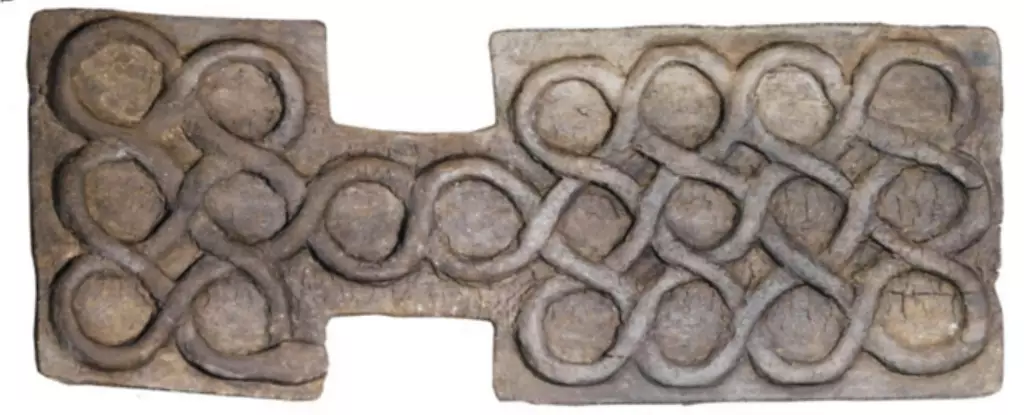As we navigate the complexities of modern life, the simple joy of board games remains an enduring form of entertainment, uniting families and friends across generations. In a fascinating intersection of archaeology, technology, and game design, researchers have recently pieced together the rules of an ancient board game unearthed from the archaeological site of Shahr-i Sokhta in Iran. Dating back approximately 4,500 years, this game not only carries the weight of its historical significance but also provides insight into the social and recreational practices of ancient civilizations.
The discovery, made in 1977, consisted of a board believed to be complete, complete with 27 intricately designed game pieces, 4 uniquely shaped dice, and a layout of 20 circular slots for piece placement. This remarkable find was located in a grave, highlighting the game’s potential significance to those who played it in life and death. The design elements of the game present a captivating glimpse into the creativity of ancient artisans and their understanding of play.
Though the game bears resemblance to the Royal Game of Ur, notable differences challenge our assumptions about its gameplay. It is this divergence that spurred a detailed examination by experts, including computer scientist Sam Jelveh and independent archaeologist Hossein Moradi. By combining traditional archaeological methods with modern modeling techniques, they embarked on a mission to decode the rules and strategies of this ancient pastime.
Through a systematic analysis of various functional game pieces—each serving specific tactical roles—researchers determined a potential framework for gameplay. The game likely involved two players, each controlling a set of ten ‘runner’ pieces. Unique ‘safe houses’ and blockers provided strategic depth, reminiscent of contemporary strategy games. The board itself takes on a serpentine appearance, symbolizing a journey, where players advance their pieces along clearly delineated paths, utilizing the circular dice for movement.
The research team’s decision to simulate gameplay with 50 modern participants allowed them to test the viability of the reconstructed rules. Such exercises not only provided insights into the game’s replayability but also underscored the lasting attraction of strategic competition. The proposed rules might not reveal the game’s original parameters, but they do offer a compelling approximation—a bridge between past and present.
Shahr-i Sokhta, flourishing during the third millennium BCE, was a thriving center on the eastern Iranian plateau, representing one of the earliest urban settlements of its time. The board game is a testament to the intellectual and social vitality of its inhabitants, akin to a cultural artifact that hints at the values, community interactions, and leisure activities that were in vogue during that era.
The continuity of such games—as evidenced by over a hundred similar finds throughout the region—paints a rich tableau of societal preferences and human interaction. While board games might seem trivial today, in ancient times they served important functions in social bonding, strategy teaching, and ritualistic contexts.
In an age where digital distractions dominate, the rediscovery of this ancient game from Shahr-i Sokhta allows us to appreciate the roots of our enjoyment in play. It emphasizes that games, regardless of their form or complexity, have always been a universal language binding people socially and culturally. The meticulous journey of researchers to unveil this ancient pastime serves not just as an academic endeavor but as a celebration of our shared human experience.
By understanding how people entertained and engaged with each other thousands of years ago, we gain a deeper appreciation for the timeless nature of gaming. Ultimately, these historical pastimes remind us that the essence of play—competition, strategy, and camaraderie—remains as relevant today as it was in the distant past.

